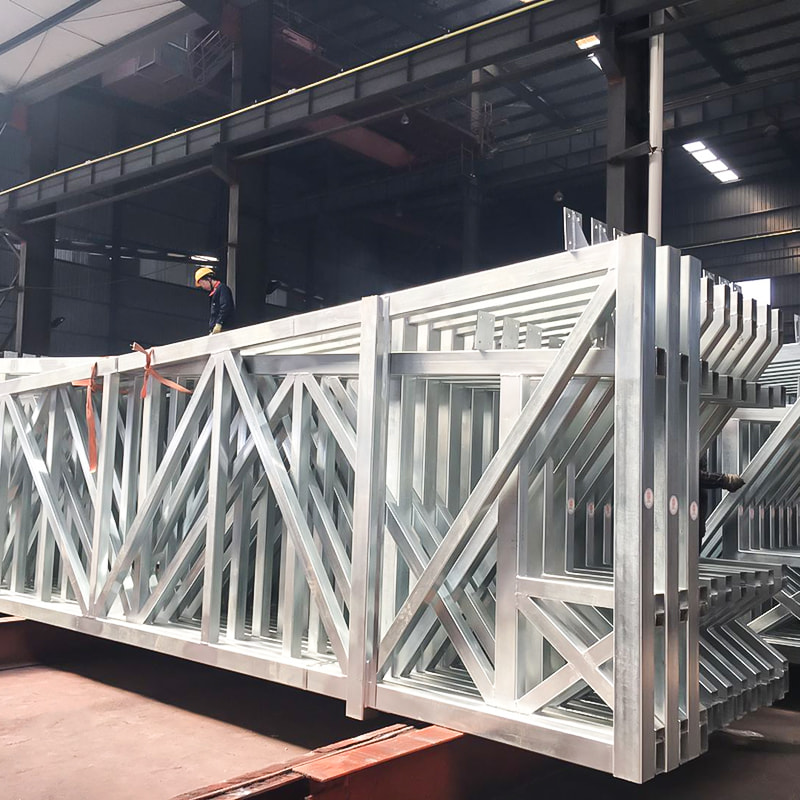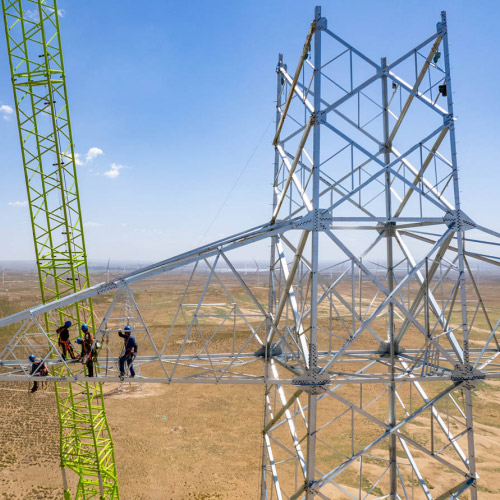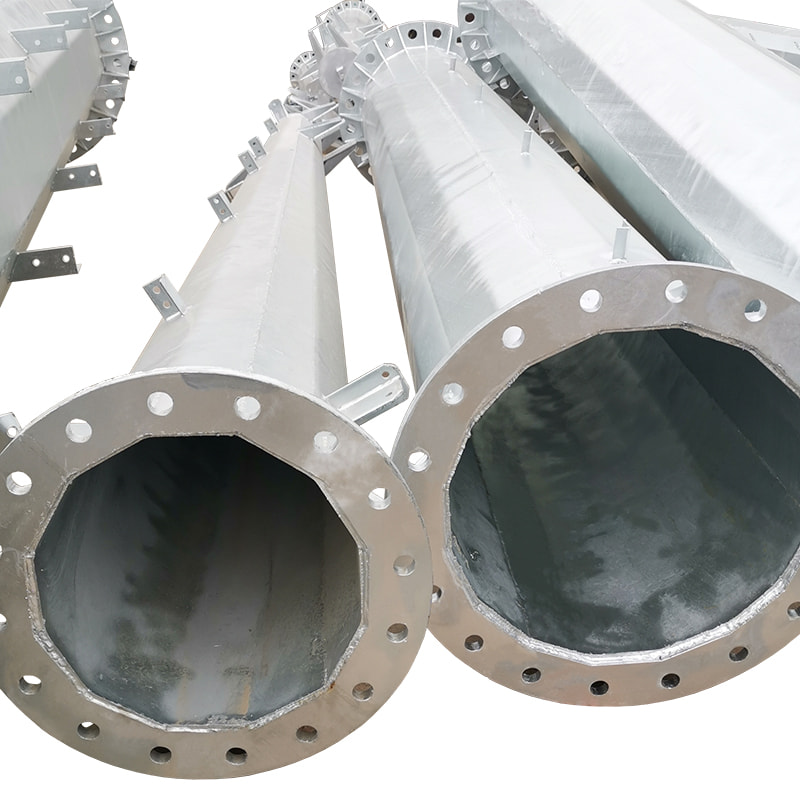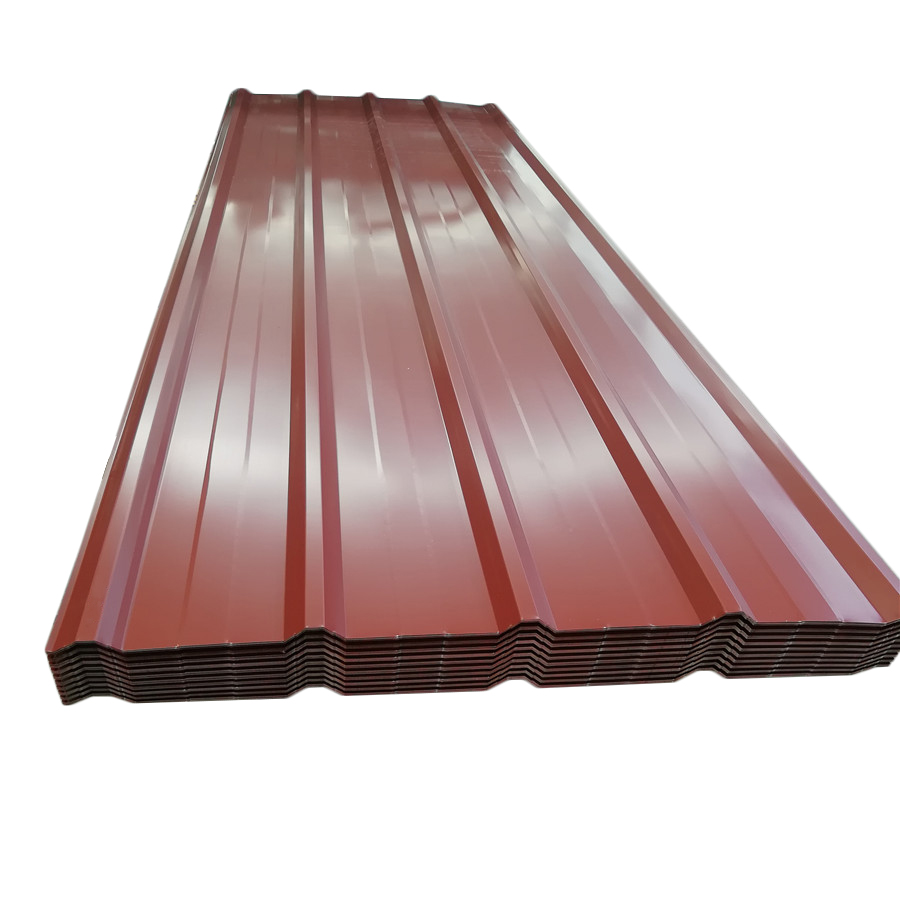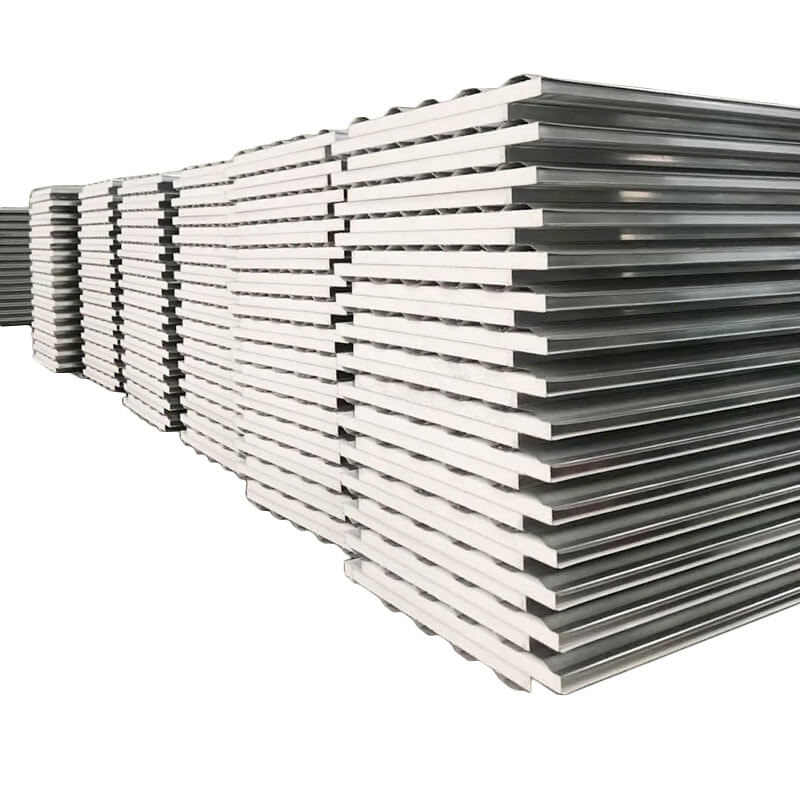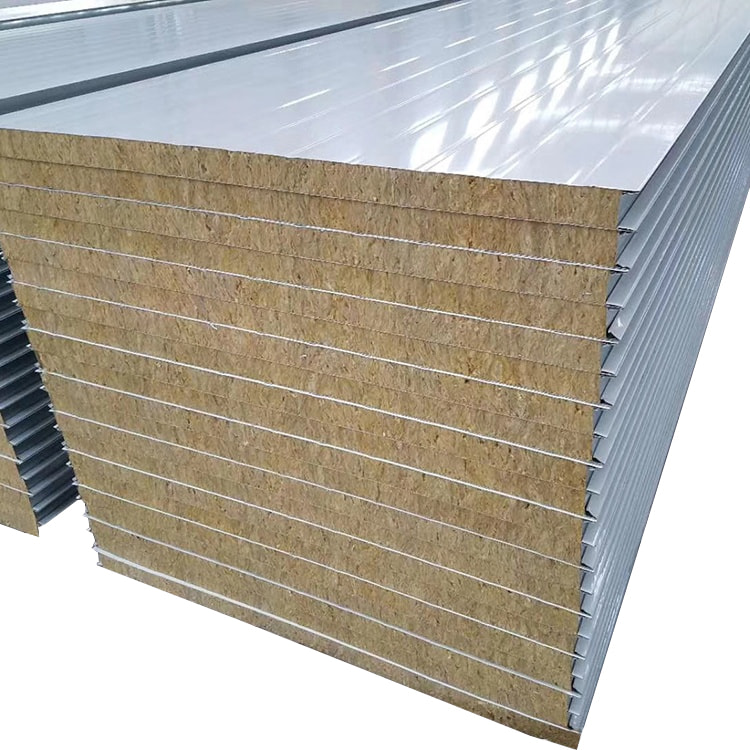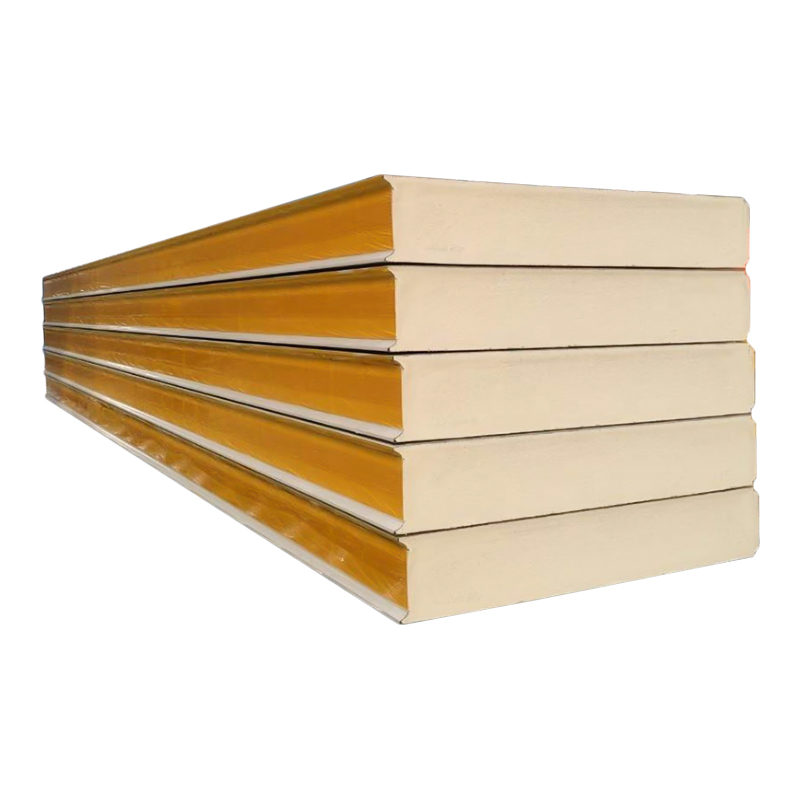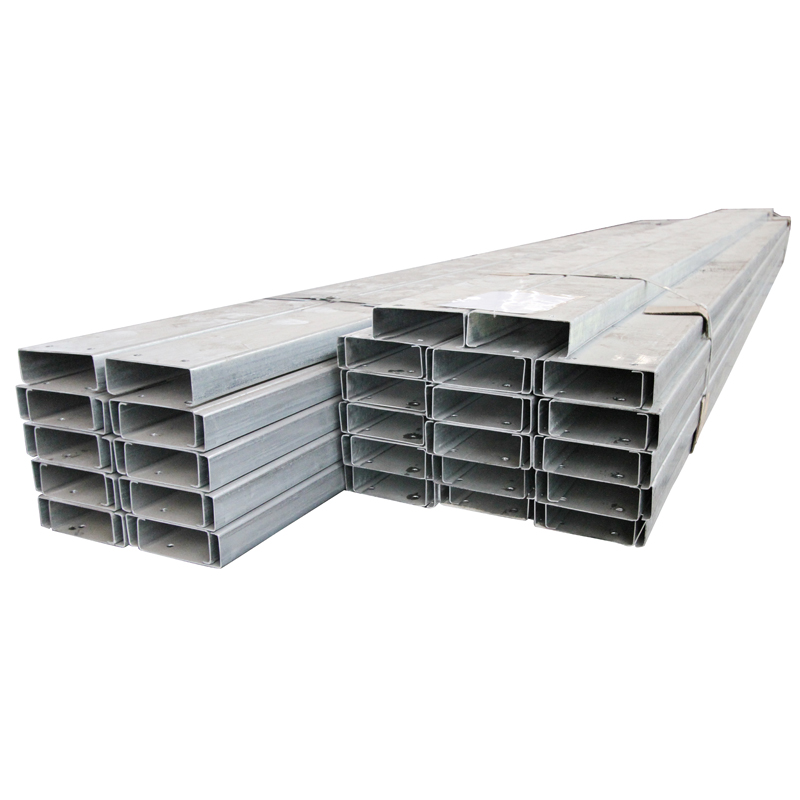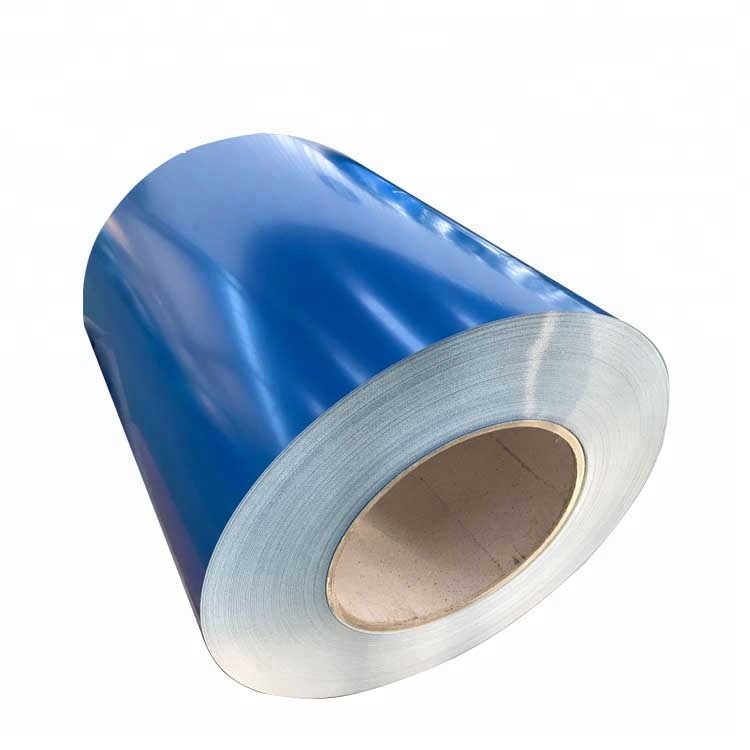In the realm of construction, Steel Purlin plays a crucial role in ensuring the stability and durability of building structures. These structural elements are an integral part of modern architecture and contribute significantly to the overall strength and functionality of buildings.
One of the key roles of Steel Purlin is to provide support for the roof and wall panels. They act as horizontal beams that span across the building, transferring the load from the roof and walls to the main structural framework. This helps to distribute the weight evenly and prevent excessive stress on any one part of the building, ensuring its structural integrity.
Steel Purlin also offers excellent resistance to lateral forces such as wind and seismic loads. Their strength and rigidity enable them to withstand the forces exerted by nature, providing a stable and secure environment for the occupants. In areas prone to high winds or earthquakes, Steel Purlin is especially important as it helps to keep the building standing and minimize damage.
Another important function of Steel Purlin is to facilitate the installation of roofing and wall materials. They provide a stable base for attaching various types of panels, such as metal sheets, insulation materials, and cladding. This makes the construction process more efficient and ensures a proper fit and finish of the building envelope.
In addition to their structural benefits, Steel Purlin also offers several advantages in terms of design flexibility. They can be customized to fit different building sizes and shapes, allowing architects and engineers to create unique and aesthetically pleasing designs. Moreover, Steel Purlin can be coated or painted to match the desired color scheme or architectural style, enhancing the visual appeal of the building.
From an economic perspective, Steel Purlin is a cost-effective solution for building construction. Their durability and long service life reduce the need for frequent maintenance and replacement, saving on long-term costs. Additionally, their lightweight nature makes them easier to transport and install, reducing labor and construction time.



